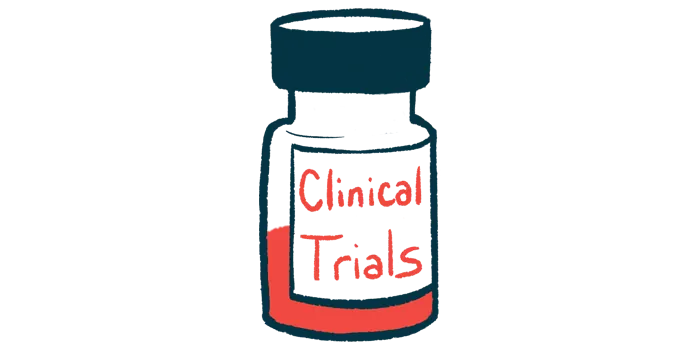
Promising Yet Inconclusive: Low-Dose Rituximab's Effects on Cold Agglutinin Disease
2025-01-02
Author: Sarah
Promising Yet Inconclusive: Low-Dose Rituximab's Effects on Cold Agglutinin Disease
Recent research into the effects of very low doses of rituximab on Cold Agglutinin Disease (CAD) and other forms of autoimmune hemolytic anemia (AIHA) reveals encouraging yet inconclusive results. While the treatment initially showed a rapid decrease in harmful B-cell levels, sustaining that suppression over time proved challenging.
Conducted as a pilot Phase 2 clinical trial within the European Union, this study specifically involved seven adults diagnosed with CAD, a rare immune disorder. Rituximab, although not formally approved for AIHA treatment, is frequently administered off-label to help manage severe cases. Researchers from Austria hypothesized that lower doses of the drug might yield an effective response without the potential side effects associated with higher quantities.
A Need for Caution in Low-Dose Applications
Despite the initial positive response in lowering B-cell counts—immune cells that misbehave in autoimmune diseases—the study's findings indicate that this benefit was not consistently maintained. "The current data do not provide sufficient evidence to treat patients with low-dose rituximab regimens," the researchers note, highlighting the urgent need for further substantial clinical trials to explore the clinical efficacy of these lower dosing levels.
AIHA occurs when the body produces autoantibodies that mistakenly attack and destroy healthy red blood cells. CAD is a specific variant, characterized by cold agglutinins that bind to red blood cells at lower temperatures, initiating unwanted immune responses. Rituximab targets and eliminates these problematic B-cells, thus potentially alleviating symptoms associated with AIHA.
The Study's Structure and Findings
The pilot study aimed to achieve a minimum of 95% suppression of B-cells, utilizing previous dosing regimens tested in healthy individuals as a baseline. However, the results were mixed. Although most patients experienced an initial drop in B-cell counts after receiving rituximab infusions, long-term effectiveness was inconsistent. Some patients maintained low B-cell levels throughout treatment, while others exhibited a recovery in B-cell levels soon after.
For example, the study applied varying dosages, including 5 mg per square meter, 20 mg every four weeks, 50 mg every three months, and 100 mg every three months. Yet, the research concluded that these low-dose regimens ultimately failed to provide sustained B-cell suppression for the majority of participants.
Moreover, even during therapy, signs of ongoing red blood cell destruction persisted in six participants, necessitating emergency interventions such as blood transfusions and the administration of Enjaymo (sutimlimab-jome), the only FDA-approved treatment for CAD. One serious adverse effect noted included a patient developing pericarditis—an inflammation of the heart lining—seven and a half months post-treatment.
The trial's small participant pool, coupled with low recruitment numbers amid the COVID-19 pandemic, casts doubt on the overall conclusions that can be made. As researchers aptly suggested, "further clinical trials to support the data would be desirable."
In summary, while low doses of rituximab showed a fleeting promise in alleviating B-cell levels in CAD patients, sustainability remains uncertain. As we advance toward better understanding and treatment of AIHA conditions, this study underscores the critical necessity for larger, more definitive trials.


 Brasil (PT)
Brasil (PT)
 Canada (EN)
Canada (EN)
 Chile (ES)
Chile (ES)
 Česko (CS)
Česko (CS)
 대한민국 (KO)
대한민국 (KO)
 España (ES)
España (ES)
 France (FR)
France (FR)
 Hong Kong (EN)
Hong Kong (EN)
 Italia (IT)
Italia (IT)
 日本 (JA)
日本 (JA)
 Magyarország (HU)
Magyarország (HU)
 Norge (NO)
Norge (NO)
 Polska (PL)
Polska (PL)
 Schweiz (DE)
Schweiz (DE)
 Singapore (EN)
Singapore (EN)
 Sverige (SV)
Sverige (SV)
 Suomi (FI)
Suomi (FI)
 Türkiye (TR)
Türkiye (TR)
 الإمارات العربية المتحدة (AR)
الإمارات العربية المتحدة (AR)